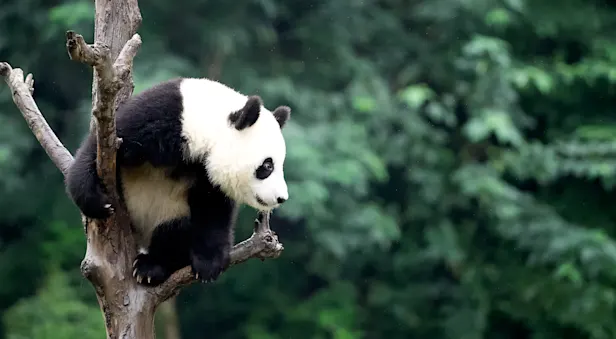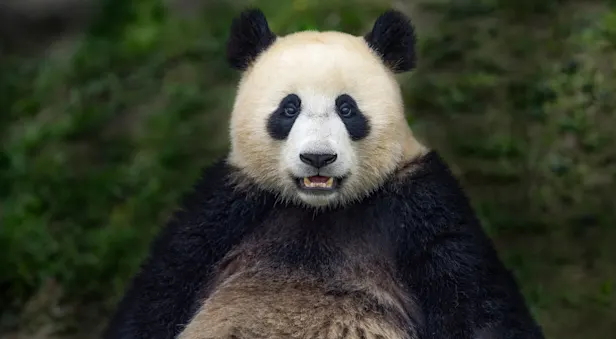Golden Pheasant Facts | China Wildlife Guide
Golden pheasants (Chrysolophus pictus) are game birds belonging to the family Phasianidae in the order Galliformes. Also known as the Chinese pheasant, this bird inhabits the mountainous forests of western China, parts of western Europe, North America, South America, the Falkland Islands, Australia, and New Zealand.
Adult males bear a crest of gold feathers, from which their genus name, khrusolophos meaning “golden crest,” derives. Their rumps are also golden, and their face and neck are covered by a fan of barred orange and black feathers, leaving only the yellow eyes and beak visible. Shimmering sea green feathers lie on the upper back, and they have cobalt blue flight feathers. The rest of their body is a crimson red, with a cascade of long tail feathers speckled with buff and black. This tail accounts for two-thirds of the male’s length, which is 35 to 41 inches in total. The females’ coloring is muted tones of barred buff-brown and dark brown. She is slender, with long tail feathers like the male. A rare number of older females may grow male plumage and begin displaying male behaviors. This change is thought to be due to the degeneration of the ovaries which produce the estrogen that keeps the females in camouflaged colors.
Not much is known of the golden pheasant’s behavior in the wild. Despite the male’s flashy coloring, these birds are difficult to spot in the dense, dark conifer forests they inhabit. They forage on the ground for seeds, berries, grubs, leaves and tender shoots, while roosting high in the trees at night. They are clumsy fliers, preferring to run.
Males make a series of calls during the mating season and show off their vibrant plumage. After mating, the female constructs a nest on the ground surrounded by dense vegetation and digs a shallow depression which she lines with plant material. She lays a clutch of five to twelve eggs in April and keeps them incubated for 22 to 23 days.
The golden pheasants found in zoos are often the hybridized offspring of Lady Amherst’s pheasants and wild golden pheasants. In captivity, mutations have developed into a host of unique colorings, including silver, mahogany, peach, salmon, cinnamon and yellow. The wild golden pheasant’s coloring is referred to as “red golden” in aviculture. Header Credit: Brad Josephs
See Golden Pheasants on These China Adventures

The Wild Side of China: A Nature Odyssey
Discover a side of China most travelers never see on our unique itinerary revealing wild panda habitat, rare wildlife and Chinese nature at its most entrancing—including close-up panda encounters.



































